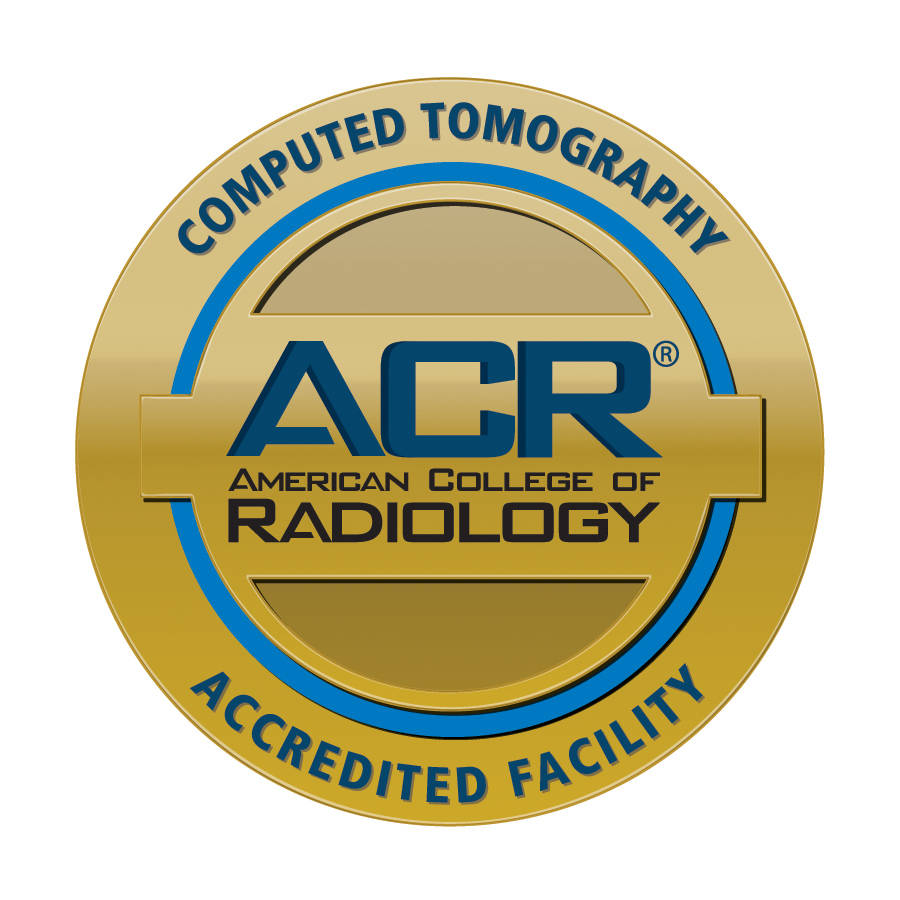Diagnostic imaging services refer to the use of various imaging techniques to diagnose and monitor medical conditions. These imaging techniques include X-rays, computed tomography (CT), magnetic resonance imaging (MRI), ultrasound, and nuclear medicine. These imaging modalities allow doctors to create detailed images of the body's internal structures, which can be used to diagnose and monitor a wide range of medical conditions.
One of the most commonly used imaging modalities in diagnostic imaging services is X-ray. X-rays are a type of electromagnetic radiation that can pass through the body to create images of the internal structures. X-rays are used to diagnose a wide range of conditions, including broken bones, pneumonia, and certain types of cancer. They are also commonly used to evaluate the lungs, heart, and gastrointestinal tract. X-ray imaging is widely available and relatively low cost, making it a commonly used diagnostic tool.
Computed tomography (CT) scans are another imaging modality that are frequently used in diagnostic imaging services. CT scans use X-rays to create detailed cross-sectional images of the body's internal structures. These images can be used to diagnose a wide range of conditions, including cancer, blood clots, and bone fractures. CT scans are also commonly used to evaluate the brain, spine, and organs such as the liver, kidney and lungs. CT scans are highly accurate and can provide detailed images of internal structures, making it a valuable diagnostic tool.
Magnetic Resonance Imaging (MRI) is another imaging modality that is widely used in diagnostic imaging services. MRI uses a magnetic field and radio waves to create detailed images of the body's internal structures. This non-invasive method is particularly useful for imaging the brain, heart, and musculoskeletal system. MRI is also useful for detecting certain types of cancer, such as brain tumors and prostate cancer. MRI is a high-resolution imaging modality that can provide detailed images of internal structures, making it a valuable diagnostic tool.
Ultrasound is another diagnostic imaging modality that is commonly used in diagnostic imaging services. Ultrasound uses high-frequency sound waves to create images of the body's internal structures. This method is particularly useful for imaging the abdominal organs, such as the liver, gallbladder, and kidneys. It can also be used to evaluate the female reproductive system and to monitor the growth of a fetus during pregnancy. Ultrasound is a non-invasive, low-cost, and widely available diagnostic tool.
Nuclear medicine is another imaging modality that is used in diagnostic imaging services. Nuclear medicine uses small amounts of radioactive material to create images of the body's internal structures. Nuclear medicine is particularly useful for evaluating the function of certain organs and glands, such as the thyroid and the bones. It can also be used to detect certain types of cancer, such as thyroid cancer and certain types of bone cancer. Nuclear medicine can provide important functional information that other imaging modalities cannot provide.
Diagnostic imaging services play a crucial role in the diagnosis and management of many medical conditions. They allow doctors to create detailed images of the body's internal structures and to detect and monitor conditions early, which can lead to better outcomes for patients. The availability of different imaging modalities means that doctors can select the most appropriate one for each individual patient, depending on the condition being diagnosed and the patient's unique characteristics.
It is important to note that while these imaging modalities can provide important diagnostic information, they also have associated risks, such as radiation exposure.
Connect with us to learn more about how the AV Imaging team can help!

